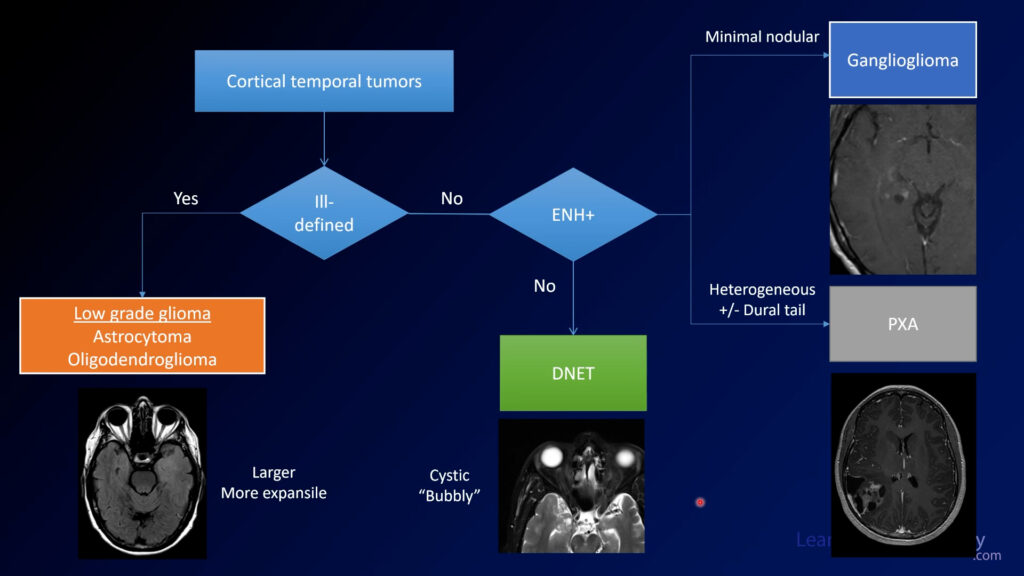Neuroradiology Board Review – Brain Tumors – Case 19
Neuroradiology brain tumor board review. This lecture is geared towards the ABR core exam for residents, but it would be useful for review for the ABR certifying exam or certificate of added qualification (CAQ) exam for neuroradiology.
More description and the answer (spoiler!) are seen below the video.
This case of a patient with diplopia (double vision) starts with a CT through the orbits. You can see there is a well-defined mass at the right orbital apex.
On MRI, you can see the lesion again is well-defined with well defined margins and is hyperintense on T2. On T1, the lesion is isointense to muscle on pre-contrast and then demonstrates heterogeneous enhancement on postcontrast. It looks like the lesion is enhancing more on the coronal image compared to the axial image.
The diagnosis is: orbital venous vascular malformation
Orbital venous vascular malformations are sometimes referred to as hemangiomas, although this term is falling out of favor because it is not neoplastic (unlike the neoplastic infantile and neonatal orbital hemangiomas). These are relatively benign lesions that can cause visual problems secondary to mass effect, but it’s relatively uncommon for them to enlarge.
One characteristic finding of orbital venous malformations is progressive enhancement on delayed images. On early images, it might be enhancing a little bit but if you have more delayed images, you might see more enhancement. If you don’t have more than one plane of contrast, you can bring them back and image them again 15-30 minutes later and it should fill in.
The primary differential considerations for orbital masses are sarcoidosis, idiopathic or IgG4 related orbital disease, metastatic disease, and lymphoma. When it is this well defined and has the characteristic delayed enhancement, the diagnosis is relatively certain.

